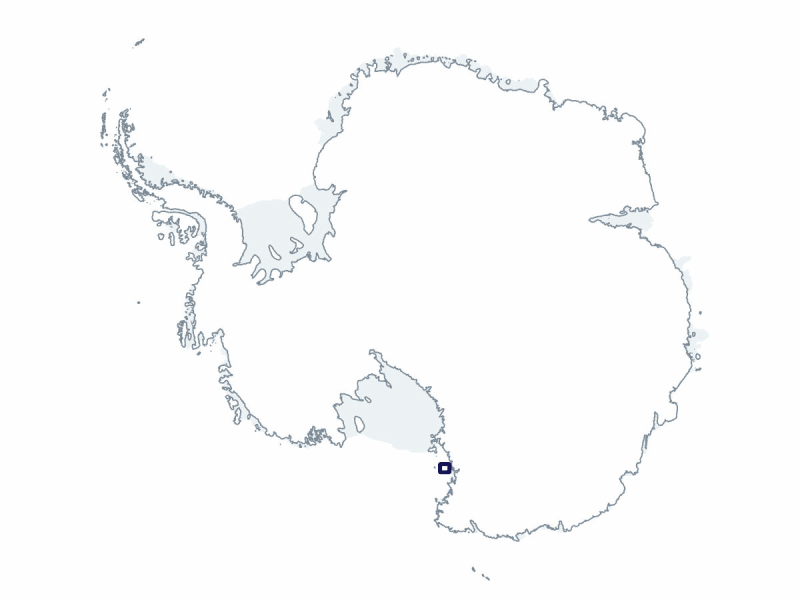2024-2025 USAP Field Season
Project Detail Project TitleCollaborative Research: Gas hydrate contribution to the Ross Sea carbon budget; Shallow sediment to water column; Present and future Summary
Event Number:
Program Director:
ASC POC/Implementer: Principal Investigator(s)
Dr. Richard B Coffin
Location
Supporting Stations: RV/IB Nathaniel B. Palmer DescriptionUnderstanding Earth’s warming requires significant insight on geochemical and geobiological cycles in both polar regions. The Ross Sea is suggested to have extensive ocean – sediment transitory methane and gas hydrate interfaces that may be subject to future rapid warming. This project seeks to determine the significance of a vast transitory gas hydrate carbon reservoir in the coastal Southern Ocean. Recent double-bottom simulating reflections observed through seismic profiles indicates a thermogenic carbon source and extensive carbon storage in deep sediment hydrates. This warming and ice melting coupled with high thermogenic gas hydrate loadings suggest the Ross Sea is essential to determine contributions of current and potential future methane, petroleum, and glacial carbon to shallow sediment and water column carbon cycles. This group will examine methane which is abundant in ocean sediments and can be a significant source of carbon dioxide. Comparison of carbon source(s) and cycling will include phytoplankton, glacier ice, shallow sediment organoclastic carbon, deep sediment oil and methane trapped in gas hydrates. Data collection will include seismic profiling, light element isotope, real-time heat flux measurements, and broad geochemical and geo-microbiology parameters. Data will provide a new understanding of climate change and the effect on the ocean carbon budget. Field Season OverviewThirteen participants will deploy on the RV/IB Nathaniel B. Palmer from February to April 2025 on a 64-day expedition. The target locations are near Terra Nova Bay in the Ross Sea. These sampling locations were selected based on the results from multichannel seismic work the previous season. The Coffin group will focus on piston coring and heat flow probe deployments. Comparison of carbon sources and cycling will include phytoplankton, glacier ice, shallow sediment organoclastic carbon, deep sediment oil and methane trapped in gas hydrates. Piston coring will provide profiles to study vertical gas and fluid migration and water column sedimentation. Cores will be analyzed on board and replicates will be sent to the Marine and Geology Repository at Oregon State University. Additionally, water column sampling will analyze vertical migration of sediment carbon and the contribution to bacterioplankton carbon cycling. Ship time will be shared with several other groups working in the area. Deploying Team Members
|
2024-2025 Science Planning Summary



For USAP Participants |
For The Public |
For Researchers and EducatorsContact UsU.S. National Science FoundationOffice of Polar Programs Geosciences Directorate 2415 Eisenhower Avenue, Suite W7100 Alexandria, VA 22314 Sign up for the NSF Office of Polar Programs newsletter and events. Feedback Form |


